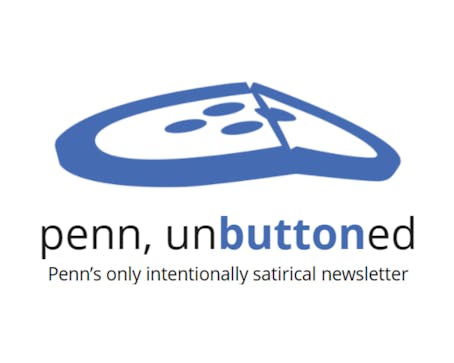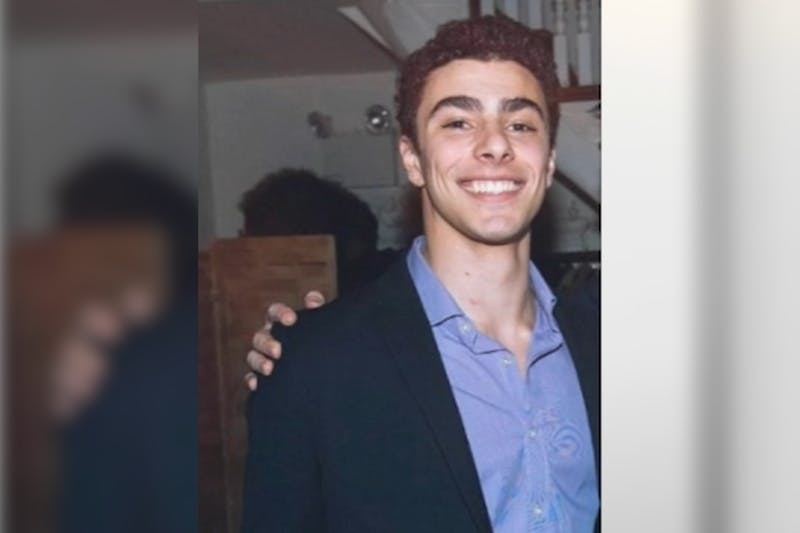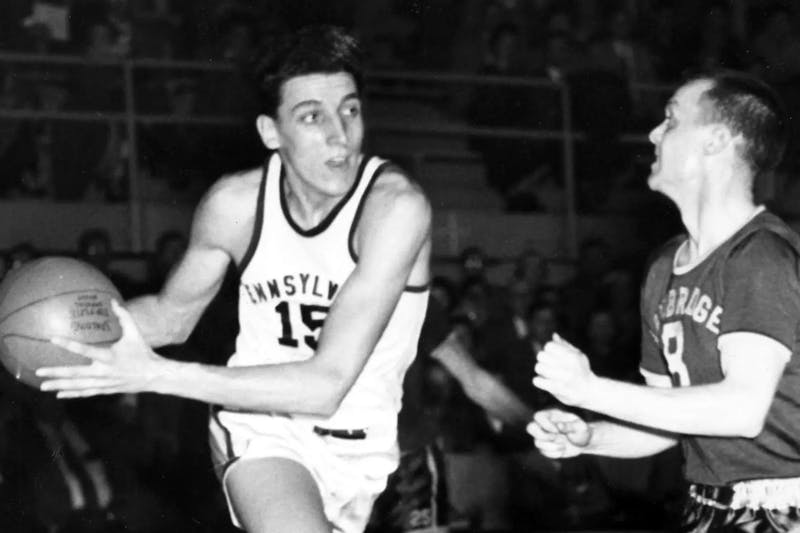
Every year, the Penn Museum exhibits photographs from student fieldwork experiences.
Credit: Chenyao LiuPenn Libraries' current exhibit Penn in the Field will showcase fieldwork photography by Penn students in the Penn Museum Library until Aug. 31.
The Penn Museum has run Penn in the Field — an annual photography contest that aims to showcase student fieldwork and engage the community with students' work — since 2016. This year, 45 photos were entered.
“These photographs show what our Penn students, anthropologists, and archaeologists are doing," Deborah Stewart, head of the Penn Museum Library, said. "This is really what Penn is doing in Anthropology and Archaeology. They're going out, and they're taking what they learn in the classroom or the lab or the library, and they're actually applying it in the field."
The stories behind these images showcase the importance of fieldwork trips. Anna Luurtsema, a second-year Ph.D. student studying anthropology at Penn, submitted the winning image — one she captured while training in the ancient animal DNA lab at Ludwig Maximilian University of Munich for three weeks.
“Members of the lab group and I were hiking in the Alps, and it was the most beautiful thing," Luurtsema said. "I'm here studying how animals and humans interact and here are these cows within touching distance. It was a really cool experience."
College sophomore Mackenzie Hill, whose photo of the Drakensberg mountains in Lesotho placed second in the contest, conducted linguistics research with Indigenous communities in South Africa. Travel has been a key part of Hill’s education at Penn.
“I knew coming to Penn, the number one thing for me was going abroad hopefully, and I was really lucky. … For me, study abroad has been the paramount experience of my time at Penn," Hill said.
Molly Schaub, a graduate student studying classical studies, conducted research on ancient food and object engagement in Greece. After obtaining special access to the Parthenon, she witnessed and photographed a rainbow over the Acropolis. Schaub has also led archaeological trips, giving her additional perspective on the value of such fieldwork.
“Those have been some of the coolest teaching experiences I've had because you really do get the hands-on experience," Schaub said. "You're not looking at a cup in a museum, you're holding it freshly out of the dirt in your hands."
Another entry by Helen Wong, a Ph.D. candidate in Art and Archaeology of the Mediterranean World, features picking mulberries in Sicily. The photo was taken while working at a site of a Phoenician city in Sicily, dating from the 8th century BCE to the 1st century BCE.
“It's usually a very intensive four to eight weeks," Wong said of the trip. "But I would say it's pretty crucial for my career, at least, and the career of other archaeologists. It's ideal for you to enter the job market with some experience digging, or at least working with others in the field. Without the travel, people in my line of work just wouldn't be able to do what we do.”
The Penn Museum also helps support student fieldwork trips through Field Funds. Multiple students who submitted to Penn in the Field were able to conduct their research through a Field Funds grant.
"Fieldwork opportunities are professional development opportunities," Stewart added. "But also, as you can tell from some of the photographs, it's also transforming [the students] personally. They evoke a certain emotion. You feel like you're looking through the eyes of the student photographer and seeing a landscape that you've probably never seen before, and there's that moment that's sort of almost poetic.”
The Daily Pennsylvanian is an independent, student-run newspaper. Please consider making a donation to support the coverage that shapes the University. Your generosity ensures a future of strong journalism at Penn.
Donate








